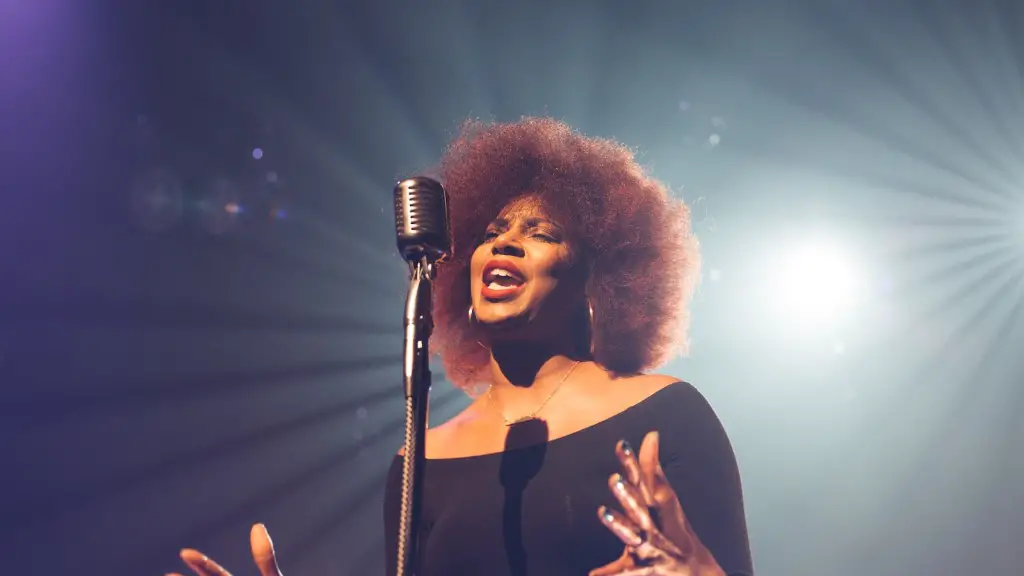If you’ve ever wanted to learn how to draw hair from the side, then you know the struggle is real. Drawing hair beautifully can be a difficult task, and some people just don’t have the knack for it. But fear not, because with just a few tips, tricks, and practice, you can master the art of drawing luscious locks in no time!
The key to making beautiful hair drawings is using an array of pencils, from a soft to a hard. It’s important to vary the intensity of the strokes to give depth and realism. Start with your trusty 2b pencil and begin by outlining the shape of the hair. Now for the fun part, the shading! If drawing the back of the head, you should start the shading at a slightly lighter tone and gradually darken it. This will provide a realistic scan from light to shadow. You’ll also want to use directional strokes in the same direction of the hair growth as much as possible. Upward strokes will provide a swooping effect while downward strokes will provide more of a static look. Practice both and see what works best for your style.
Next we’ll talk about highlights and adding texture. One trick is to draw thin lines of white along the contrasting direction of the hair. This can give the illusion of split ends and create an interesting illusion of shine and texture. Don’t be afraid to lightly smudge the white and blend it with the pencil strokes. Another great trick to adding realistic highlights might sound strange, but it works. Take the eraser and lightly smudge the hair underneath. This will give the illusion of light bouncing off the scalp and create a realistic effect.
No hair drawing is complete without the perfect facial feature! To make your drawing pop, you’ll want to draw in the eyes and ears. Link the ears to the hair, and don’t forget to draw the earbuds in if that’s your style. You should also add details such as eyelashes, eyebrow shapes, and other facial features to make your drawing stand out. To make the eyes stand out even more, take your darker pencils, like a 6b, and draw a thin line below the eyes and lighten it towards the end. Don’t forget that eyebrows also have texture, so draw in some thin lines in the direction of the eyebrow, and lightly shade them.
That’s it! Just one final tip: practice! Drawing hair from the side can be tricky and you may need some trial and error to perfect it. So sharpen those pencils, stretch those fingers, and don’t give up. Before you know it, you’ll be creating works of art with your wild and wooly hair-drawings.
To take your drawings to the next level, experiment with your pencils and paper. Try different weights, textures, and tones. Don’t forget to use the eraser to your advantage and draw in those highlights and shine effects that give your drawings life. Adding color can also provide a unique effect, play with colors, blending, and hues to truly bring your drawings to life.
When it comes to hair, texture and volume are key! Utilize the magical powers of shading to add layers and depth to your drawings. Work from light to darkness, so darker colors always become darker and lighter colors become lighter. And don’t forget to draw in the scalp, those creases and lines add realism to the hair and head.
Finally, practice makes perfect. You can learn all the techniques and tricks you want, but without continuous practice, it’s hard to perfect the craft. Dedicate a few hours a day or week to practice and set goals for yourself. This will keep you motivated, and your drawings will improve faster than you can believe. Keep drawing, keep improving, and you’ll be smiling at your own hair-drawing masterpieces sooner than you think!

